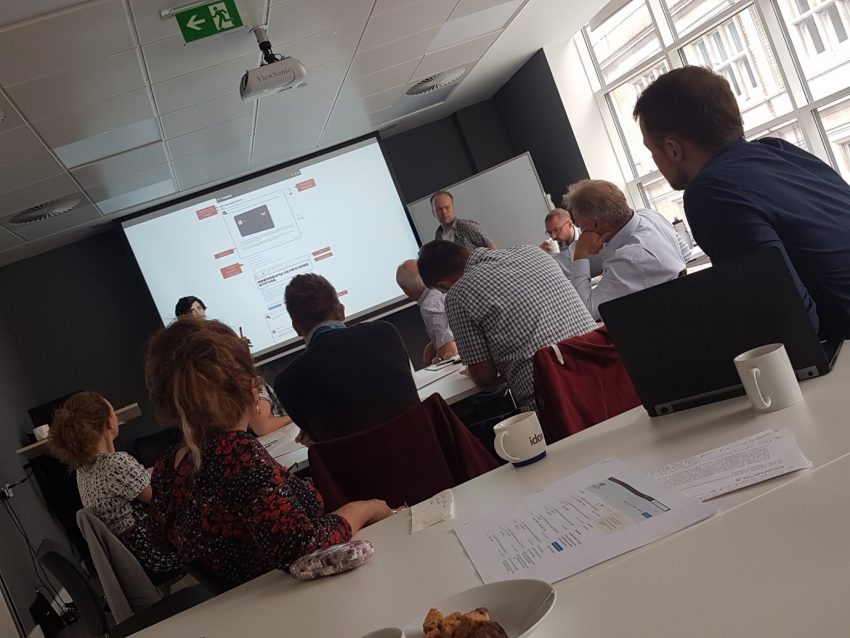Once upon a time, when building a new product or service, such as a website, a client would issue a brief and the supplier would build it before releasing it to the user. Users would either love or loath the new solution and have very little say in the process. This is the “Kevin Costner approach” from “Field of Dreams”: “build it and they will come.”
In the mid-2000s, there was a recognition that it was important to consult with users to achieve success; so along came user-centred design. Developers would do some research into what users wanted, then build a website which was released with a hope that there would be some success given that users had been consulted. This kind of development was termed “development of a minimum viable product”. Results were often mixed.
Most recently, the latest buzz is around agile development, where users are involved throughout the development process and small iterative versions and concepts are tested with users on an ongoing basis. Success rates with this kind of development have dramatically increased.
Following the Health Education England (HEE) Discovery process for implementation of a learning solution – to support learners in health and social care to develop the essential skills they need to provide the best possible care to individuals – we have adopted the agile development approach. Our interpretation of agile development has been to hold a series of ‘Ideathons’ where volunteers working in health and social care from around the country join us to test some key concepts – we identified our riskiest assumptions and tested them with users, not just building a minimum viable product.

Over this series of blog posts, we will be providing feedback about our assumptions and how we tested them with learners and users to make sure that we build a learning solution that is fit for now and the future.
Build it and they will come? Never underestimate the need for engaging with users and our aspiration to ensure continuous testing will increase the chance of success.
